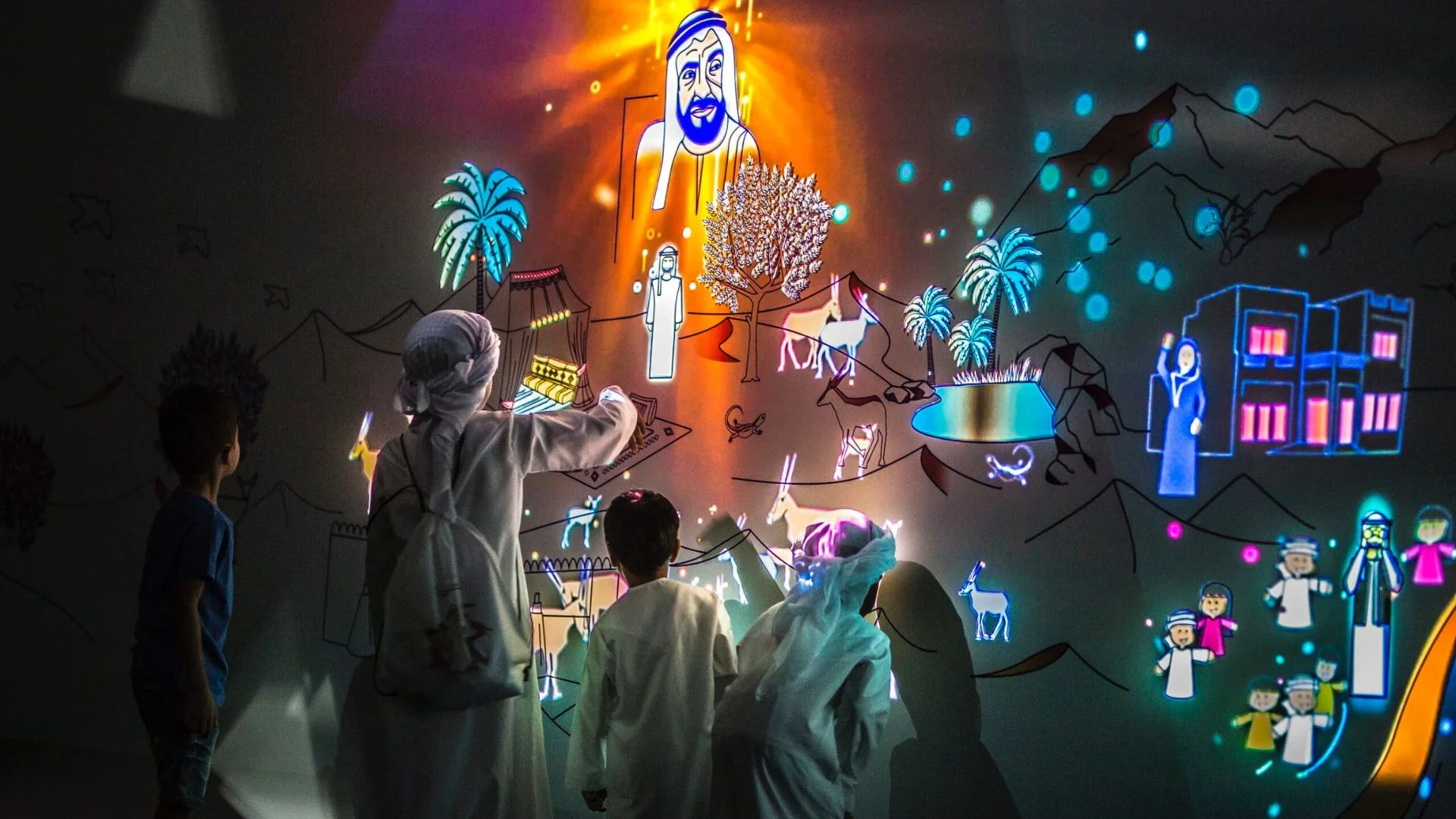Staying ahead of the curve is key to creating memorable experiences when producing events. One trend that has become increasingly popular is the use of interactive installations. But what makes these installations so vital to modern events? And how do they enhance the overall experience for attendees? Let’s explore why interactive installations are now essential to production.
Engagement Is Key
One of the primary reasons interactive installations are crucial in event production is that they foster engagement. As attention spans are short and distractions are plentiful, keeping your audience engaged is more challenging than ever. They encourage participation, making attendees feel more involved. Whether it’s a digital art piece, a virtual reality station, or an interactive wall, these elements captivate the audience, turning passive observers into active participants.
Creating Lasting Impressions
They also have a unique ability to create lasting impressions. When people interact with an event meaningfully, they are more likely to remember it. Imagine attending a meeting where you could contribute to a live art piece or navigate an immersive digital environment. Such experiences stick with people long after the thing ends, increasing the likelihood of positive word-of-mouth and social media sharing. Isn’t that what every producer aims for?
Enhancing Brand Messaging
Another significant advantage of interactive installations is their ability to enhance brand messaging. Traditional advertising can often be overlooked or forgotten, but when a brand’s message is delivered through an interactive experience, it resonates more deeply. For instance, a tech company might use it to showcase its latest innovations, allowing attendees to experience the technology firsthand. This reinforces the brand’s message and strengthens its connection with the audience.
Fostering Creativity and Innovation
They also push the boundaries of creativity and innovation. They allow producers to experiment with new ideas and technologies, creating unique and unforgettable experiences. These installations often incorporate the latest advancements in digital media, artificial intelligence, and virtual reality, offering something fresh and exciting to attendees. By fostering creativity, interactive installations keep these things from becoming stale and repetitive.
Encouraging Social Interaction
Events are not just about the content but also about the meaningful connections and relationships people make. Interactive installations actively encourage social interaction, bringing diverse groups of people together in a shared, engaging experience. For example, a collaborative art installation might require multiple participants to complete a piece, fostering teamwork, creativity, and conversation. These shared, interactive experiences can lead to new friendships, partnerships, and collaborations, ultimately making the thing more valuable, memorable, and impactful for everyone involved.
Boosting Event Metrics
From an event producer’s perspective, one of the most important aspects of an event is its measurable success. Interactive installations can significantly boost event metrics by increasing attendee engagement, dwell time, and overall satisfaction. These metrics are crucial for demonstrating the event’s success to stakeholders and sponsors. The more engaged and satisfied attendees are, the more likely they are to return to future events or recommend them to others.
Catering to Diverse Audiences
Finally, interactive installations cater to diverse and multifaceted audiences. Events often attract a wide range of people with different interests, backgrounds, and preferences. Interactive installations offer something engaging for everyone, whether they are tech enthusiasts, art lovers, or simply attendees looking for an immersive and entertaining experience. This level of inclusivity makes events more accessible, memorable, and enjoyable for a broader and more diverse audience, ensuring that everyone finds something meaningful and engaging to connect with.
Interactive installations are no longer just a novelty in event production—they are necessary. As it evolves, interactive installations will remain at the forefront, transforming ordinary events into extraordinary experiences. So, the next time you plan an event, ask yourself: How can interactive installations take it to the next level? The answer could be the key to your event’s success.




